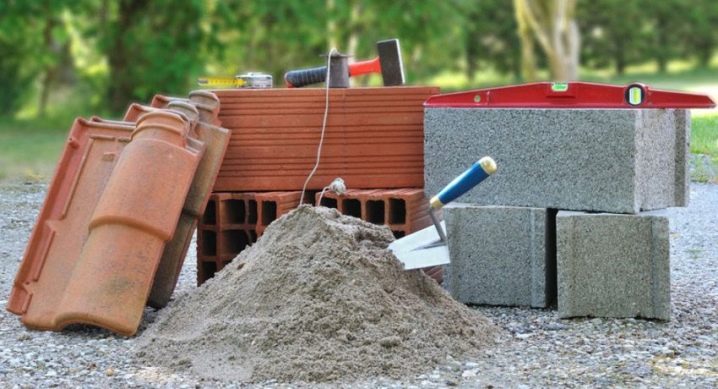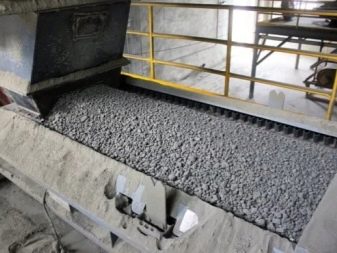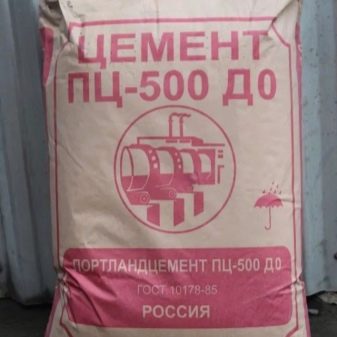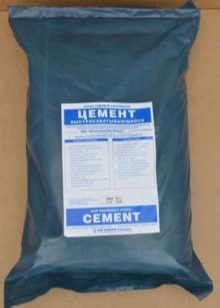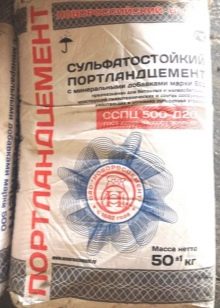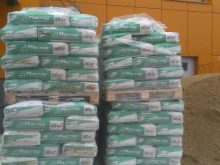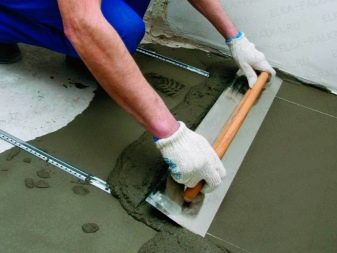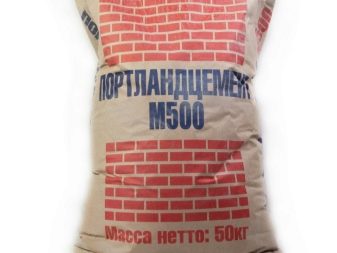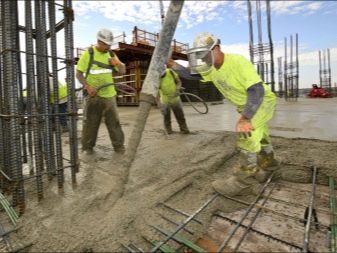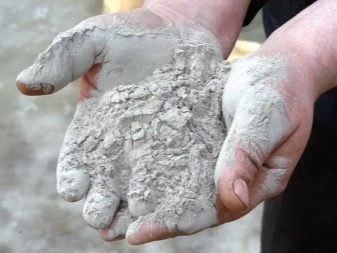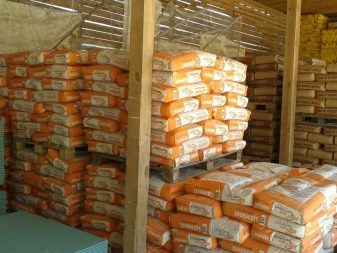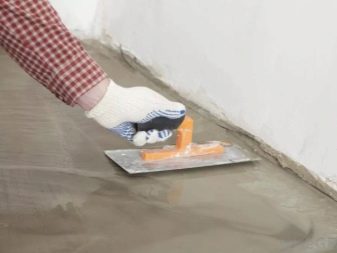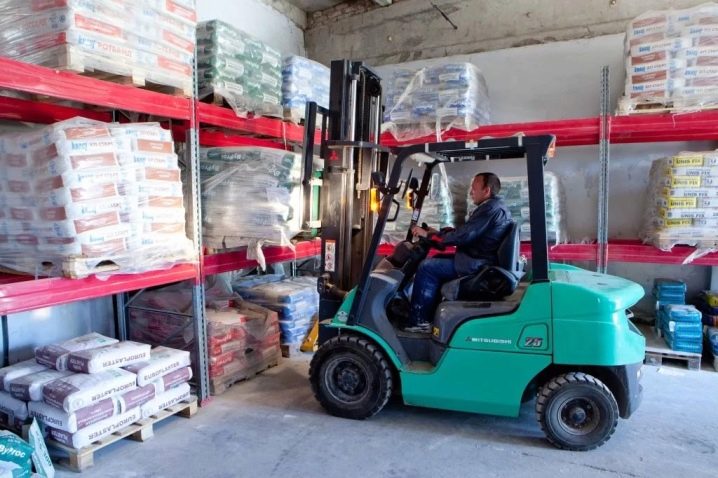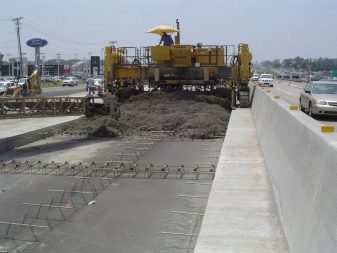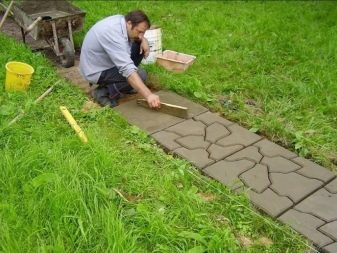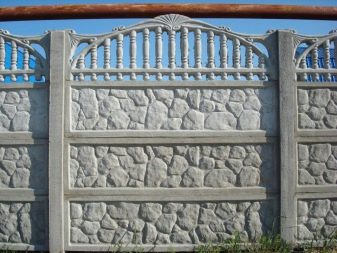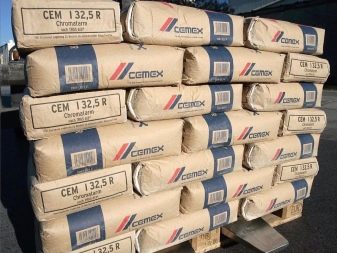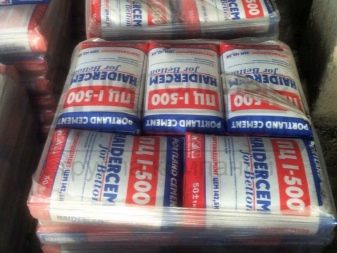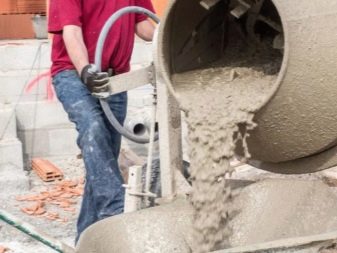Cement M500: characteristics and scope of application
Construction and various types of repair are not imagined by many without the use of cement. On sale there are many brands, different additives for each type of construction work. But cement brand M500 is considered one of the most successful, high-quality and used in the extensive field of activity of materials. What it is good for and why it can be applied will be discussed in this article.
Special features
Cement is a powder of mineral origin rather finely ground. It is made on the basis of calcium silicate compounds. Manufacturing is a waste process. The main component in the cement mixture is clinker. The limestone quarries produce the necessary raw materials.Materials on specially equipment are crushed into fine particles (the fraction should be no more than 100 mm). After this, the granules are dried. Next, the material is mixed with the remaining components of the cement and fired. Thus, clinker is formed.
Then it is crushed, adding gypsum stones and various additives. Impurities give different properties to cement: hydrophobic protects against moisture, plasticizers improve the quality of the solution, acid-resistant protects against chemical attack. The result is a final product.
Basically cement brand M500 is used in construction to increase the strength of structures, the creation of various components of buildings, foundations, paths and walls.
The number 500 means the maximum permissible load per cm - in this case 500 kg. This is the best indicator of the available types of cement, which causes the huge popularity of the brand in construction.
Types and characteristics
Developed two main types of cement M500. Their main difference is in the content of impurities.
- Pure composition. Denoted by D0 - it lacks any impurities and substances to impart certain additional characteristics.The application of this type is very extensive, the mark without additives is most common in construction. Adding D0 to concrete makes it durable, resistant to frost and humidity.
- With the index d20. Additives are present in this type of product, but not more than 20% of the whole mixture. It is distributed on construction sites of industrial scale and is popular for the needs of ordinary consumers. Its strength performance is slightly worse than that of pure cement, however, the quality and durability proved to be better than similar characteristics of the brand M400.
All impurities are divided into several types and give certain directions of use.
- Fast setting cement BTTs. A distinctive feature of this composition is the ability to achieve full hardness and readiness within 72 hours after completion of work, which is unusually fast for cement.
- Sulfate resistant SSPTS. It is used for foundations of great depth. This is due to the fact that additives protect from the effects of sulphate water. Groundwater and underground rivers often contain a large amount of sulphates acting destructively on concrete structures.
- Plastic submarine (with the addition of plasticizers). Increased elasticity and resistance to temperature extremes are added to the basic characteristics of the M500.
- Hydrophobic GF - resistant to water and wet fumes.
- Waterproof VRTS. This species quickly begins to freeze, while not missing water. Such features are very much in demand during repair work, in order to seal gaps, cracks into which moisture can get.
- "Noble" BC. Most often it is used for decorative items. It looks spectacular due to the white color.
One of the most important characteristics for the 500th cement is its resistance to low temperatures and their large fluctuations. Especially brands with additives PL and hydrophobic are suitable for extreme operating conditions. High frost resistance is relevant for the climatic features of many parts of our country. In type M500, it reaches 10 units.
Another fundamental indicator when choosing a cement mixture is its weight. In the manufacture of structures, concrete screeds, it is important to know what kind of load they will impose on the base. For example, you perform a concrete screed in a wooden house.It is necessary that the boards withstand the load from the mineral mixture. It is impractical to measure the mass of cement or concrete in kilograms; therefore, such parameters as specific weight and bulk density are used. The first is the size of the ratio of the weight of the mixture to its volume. The concept of density has a similar meaning.
In the process of working with cement mixtures, air spaces are formed between the particles of the compositions. If the concrete fills the maximum with all cavities with air, then this is considered the true density. But in most cases it is impossible to perform. Thus, pores are formed that affect the quality characteristics of the concrete solution.
Mixtures of cement may have different densities depending on the size of the clinker material, additives and impurities. The type of cement will affect how it will create the density of the concrete mix. Cements with low bulk density are used to prepare large volumes of concrete. This results in substantial financial gain.
Bulk density also depends on the shelf life of the M500. Freshly made cement has an index of 1100-1200 kg per cubic meter. m. The more the mixture lies, the denser and heavier it becomes.Over time, the values can reach 1600 kg per cubic meter. m. At the same time, the true density is in the range of 3200 kg per cubic meter. The bulk density cannot reach this value even after a long time. A small amount of air will still remain in the pores.
The above and encrypted in the title load of 500 kg per square. see cement mortar begins to withstand 28 days after laying.
The time after which the mixture begins to set and gradually harden - 45 minutes.
When buying a PC M500, you should pay attention to one more quality indicator - the shelf life. Cement is usually sold in bags of 50 kg. Not all sellers comply with the right storage conditions. It is necessary that the mixture is protected from excessive moisture, the tightness of the packaging is not broken, and the temperature in the warehouse always remains above zero.
Cement has a shelf life of 1 year. But over time, the composition will lose activity. For example, the M500 in 60 days is converted into the M400 brand by technical parameters. After 6 months, the cement composition will become completely unfit for consumption.
Another negative point in the use of cement brand M500 is its instability to sulfate-containing substances.Therefore, it is better to avoid using this composition in soils containing an increased percentage of minerals and for constructing foundations in places where groundwater flows closely.
Scope of application
Technological features of the M500 make it possible to use it in construction almost everywhere.
High rates of frost resistance, hydrophobicity and long service life allow the use of this type of cement at critical facilities:
- in road construction;
- when laying airports and airports;
- in the construction of hydraulic structures;
- for any types of monolithic structures;
- for arrangement of the base in severe environmental conditions.
With high soil mineralization, it is better to use sulfate-resistant modifications of the five hundredth cement.
In addition to industrial facilities, the M500 is applicable in the agricultural sector and in housing construction.
With it, perform repair and restoration work, foundations with quick formwork due to high strength and rapid solidification. High-quality cement is used in the production of paving slabs.
Some types of concrete fences also require strong and durable cement.
M500 is part of the mixtures for concrete, plaster, masonry and other types of mortars. With it, reinforced concrete slabs, floors, beams and various other structures are made. It is recommended to choose for the device cement floor screed.
Manufacturers
Since cement powder is a purchased and demanded material in the construction market, its production grows every year, and the list of manufacturers in different countries is only increasing.
Company Lafardeholsim was formed relatively recently by merging French brand Lafarge and Swiss Holsim. Both manufacturers have long been engaged in the production of high-quality building mixtures, including the five hundredth Portland cement. Thanks to the merger, they have taken a leading position in the global market and present their products in more than 90 countries. European suppliers are constantly improving production technology and are trying to improve the technical characteristics of cement formulations. Sulfate-resistant cement is being manufactured for work in difficult conditions and on various types of soil. Product prices are pretty affordable.In many ways, this was achieved by developing the production of building materials in our country. At the moment there are two plants in the Moscow and Kaluga regions, representing the holding in our country.
In Russia, developed and its own cement production. The products of Pikalevsky, Mikhailovsky, Podolsky, Teploozersky, Spassky and Topkinsky plants are known. The widespread and popular among customers has found a product of the company "Eurocement". Their products are produced in several cities of Russia. The 500th cement is presented both in the form of an additive-free mixture and various improved compositions. Prices are low, so products can compete with European counterparts.
Cemex brand is known worldwide. This is a Mexican company with a century of history. Gradually, they began to expand the scope of sales of their products and open businesses in different countries, including the United States, Europe and Russia. In our country, the brand came in 2002. Portland M500 is presented both in the D0 and D20 versions. Standard packaging of 50 kg, low price and the guarantee of certified manufacturing on high-class equipment made it verycompetitive.
Usage tips
To choose the qualitative composition and apply it correctly, some guidelines must be followed.
- Choose proven manufacturers. Large firms value the reputation and quality of products, and also have more financial opportunities for its proper storage.
- Pay attention to packaging. The weight of some packs can be 40 and 25 kg instead of the standard 50.
- Check the date of manufacture. It is better to use the composition, made no more than a month ago, so that it retains its original properties.
- The label must contain complete information about all included additives and standard markings.
- It is not recommended to mix M500 with other brands of cement in order to avoid loss of product quality.
Which proportions to take for a cement grout depends on how you should get a result.
Some general advice still exists.
- The sand for the mixture should be of high quality, uniform, sufficiently small fraction. For this it is better to pre-sift it. This ensures no debris.
- Cement with sand must be thoroughly mixed before diluting with water.This ensures the best uniformity of the mixture.
- Water is added at the rate of about 2 liters per ten kilograms of dry ingredients. The amount may vary depending on the quality of the dry product. It is necessary to plant gradually, constantly stirring with a construction mixer.
- Do not try to change the proportions of the solution in order to save. A thicker mixture dries faster, but its strength and durability will be questionable. A liquid solution may not at all acquire the desired solid consistency after drying.
- While the mixture dries, avoid drafts, changes in humidity and temperature.
How to fill the floor using cement M500, see below.

